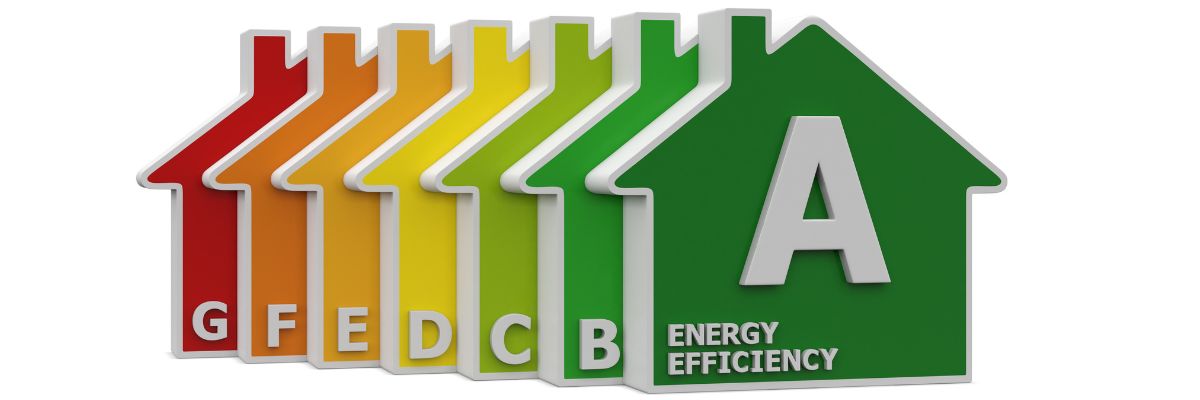
To combat climate change and promote sustainability, the European Commission will establish new energy efficiency standards. From January 2030, all homes must have a minimum energy rating of E, which will rise to D by 2033. This move is part of a broader plan to make all buildings zero-emission by 2050.
To meet these standards, the sale or rental of low energy rated properties will be banned, encouraging homeowners to renovate their properties to enhance their efficiency. These regulations are outlined in the draft of the Energy Performance of Buildings Directive (EPBD), expected to be approved between late 2023 and early 2024.
Additionally, the draft includes the yet-to-be-defined concept of a “zero-emission building”, an “Energy Renovation Passport” to help homeowners plan energy efficiency improvements, and a mandatory global warming indicator for a building, to be implemented in January 2027 for large buildings and 2030 for all buildings.
This shift marks a turning point for the European property market, which will need to adjust to the new energy regulations to meet the zero-emission target by 2050.
Índice de contenidos
The renovation of buildings in Spain with data
While these new regulations might seem ambitious, the current situation in Spain highlights the need for these measures.
Spain’s energy consumption derives 30% from the buildings sector, and 40% of greenhouse gas emissions. In this regard, Spain faces a significant challenge regarding energy efficiency in the residential sector as its building stock has an average age of 40 years, and 81% of households have a rating below D, according to the Institute for Energy Diversification and Saving (IDAE).
Furthermore, 16.7% of households have disproportionate energy costs compared to their income, and 7.6% of the population cannot keep their home at an adequate temperature during winter. These figures indicate a severe energy poverty situation. It’s estimated that renovating 1.2 million homes over the next decade could prevent up to 7,500 cold-related deaths and significantly improve the health of 180,000 individuals.
In Spain, only 25,000 main homes are renovated each year
This happens despite the urgency of the situation and the existence of funding and assistance for building renovation, such as the European Next Generation Funds. Only 25,000 main homes are renovated each year in Spain. This number, representing less than 0.15% of all homes, suggests that renovation is still inadequate.
The energy efficiency certificate is key
In this context, the energy efficiency certificate becomes a crucial element. This certificate will indicate the degree of compliance and adaptation of buildings to the new regulations, aiming to achieve zero emissions by 2050. As progress is made in this direction, it’s likely that both buyers and sellers will increasingly value properties with lower energy consumption. This could lead to a revaluation of the more energy-efficient properties.
Why isn’t there enough renovation in Spain?
The reasons explaining the insufficient renovation are numerous. A report by ECODES, a non-profit foundation dedicated to ecology and development, suggests that one of the main obstacles is the nature of the housing in Spain.
- Currently, 65% of the population lives in multi-family homes, where the community of homeowners must agree to undertake renovations.
- Rehabilitation is also hampered by conflict between homeowners and tenants, as renovations don’t offer a return on investment for homeowners unless rents are increased, and this is only the case for rented homes.
- People living in the least efficient buildings often have fewer resources to invest in renovations.
Most of the policies or incentives for housing rehabilitation work at the municipal or regional level, complicating the replicability and coordination of these efforts nationally.